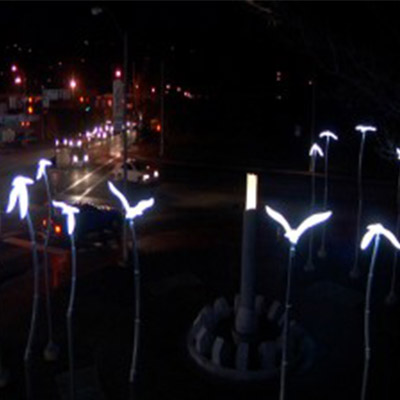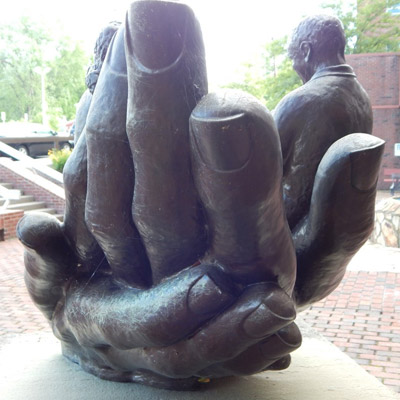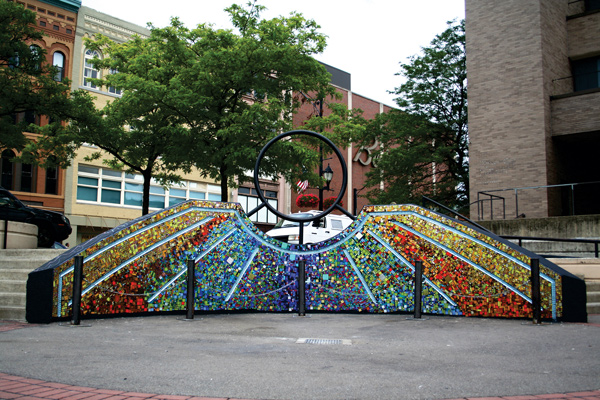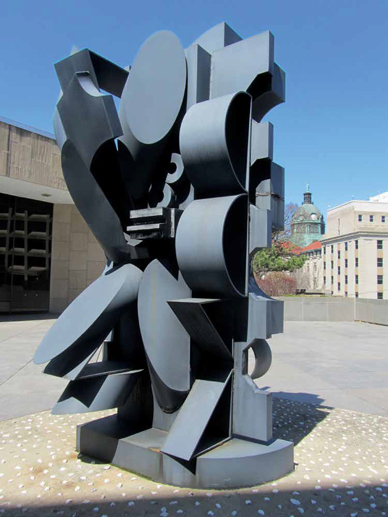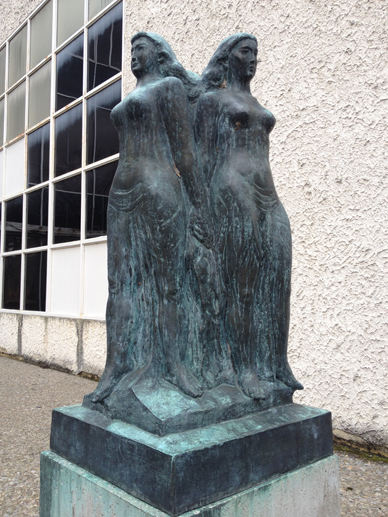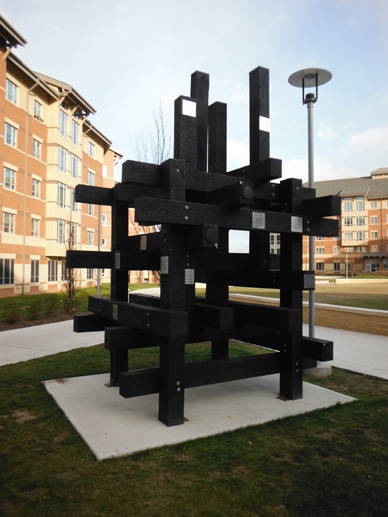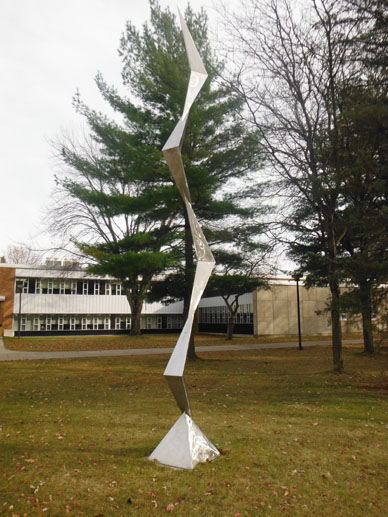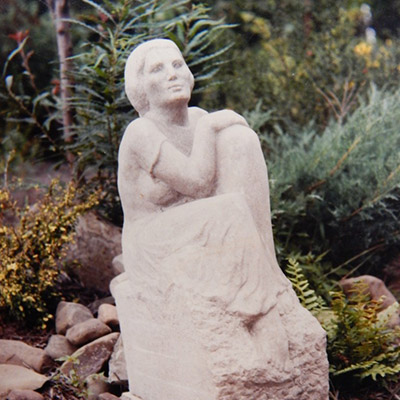Reviewed by George Basler
The Glass Menagerie is a play bathed in melancholy and misconception.
As one of the main characters tells the audience in the first scene, “I give you truth in the pleasant disguise of illusion.”
But “the pleasant disguise” is left in pieces by the end of the heartbreaking play that is generally considered the first major work of the playwright Tennessee Williams.
The play’s greatness is on full display in the Ti-Ahwaga Community Players’ production, which opened this past weekend (Oct. 6-8) and will run weekends through Oct. 22.
While conventional in its approach, the production is an effective and poignant one, with assured direction by James Osborne and first-rate performances by the strong, four-person cast.
In writing The Glass Menagerie, Williams drew on his own life, growing up with a domineering mother and mentally troubled sister. The play takes place in the memory of Tom Wingfield, a stand-in for Williams, as he thinks back on his life in the cramped St. Louis apartment where he lived with his mother, Amanda, a faded Southern belle, and his sister, Laura, whose pathological shyness has left her emotionally crippled.
A fourth character, Jim, “the gentleman caller,” comes to dinner after being set up as Laura’s suitor.
The power of The Glass Menagerie doesn’t really lie with the plot. In truth, not that much happens. The power lies in the humor, lyricism and poignancy of Williams’ language. As such, the play must be well-acted. The Ti-Ahwaga production certainly is.
As Amanda, Jane Nichols gives a sympathetic portrayal of the aging matriarch. The character could be played as an angry harridan. After all, the character has a lot to be angry about. She’s been abandoned by a philandering husband and is supported by a begrudging Tom, who is working a warehouse job that he hates.
But Nichols softens the character’s hard edges. She downplays Amanda’s bitterness and instead concentrates on the character’s self-delusion as she seems lost in her illusions of the bygone days of her upper-class Southern upbringing.
As played by Nichols, the self-delusion is scar tissue covering emotional wounds. Her performance is funny at times but never overly broad or ridiculous. The performance makes Amanda less a shrew and more an increasingly desperate woman who is furiously trying to hold her life together. Nichols does a fine acting turn.
Shane Smith gives a solid performance as Tom. The role is a multi-faceted one. As the play’s narrator, he is looking back at his younger self with regret and some guilt.
Smith effectively shifts his tone between the older and younger Tom. He competently plays the young man’s anger at feeling trapped in a suffocating job and home life. But he is even more effective playing the introspection of the older man who tenderly loves his sister but, in the end, abandons her to strive for his own dreams. This is especially true in the play’s final soliloquy, which is emotionally wrenching.
What makes Williams’ play especially memorable is the lengthy second act scene between the fragile Laura, played by Anna Simek, and Jim, her “gentleman caller,” played by Reidan Pitarresi, whom she had a secret crush on back in their high school days.
Simek and Pitarresi play the scene beautifully. Simek’s Laura has long since retreated to her own private world. When she begins to tentatively emerge from this private world through an intimate conversation with Jim, it’s deeply touching. Simek skillfully shows Laura beginning to shed her inhibitions and bloom. The fact that this blossoming gets crushed at the end of the scene is heartbreaking, and Simek shows this as well.
As Jim, Pitarressi does a compelling job playing a former high school golden boy who is beginning to realize his adult life may not be so golden after all. Pitarresi effectively lets the audience see the growing self-doubt that is lurking behind Jim’s self-assured façade. The character, who could come across as a braggart, becomes someone who is sympathetic.
The scene takes place by candlelight (Tom failed to pay the electric bill), giving it the feel of a dream. The tragedy is that Laura and Jim must wake up. Osborne stages it with great skill.
A special mention should also go to lighting designer Ronald Harris III and lighting technician Jon Casterline, who superbly light the scene to increase its emotional intensity.
Unlike some plays considered “classics,” The Glass Menagerie has lost none of its emotional intensity and beauty since first opening on Broadway 73 years ago.
The only disappointing thing about the Ti-Ahwaga production has nothing to do with the staging itself. The night I was there, the audience was disappointingly sparse. That’s too bad because people are missing a truly fine effort.
IF YOU GO: The Glass Menagerie will be performed weekends at the Ti-Ahwaga Performing Arts Center, 42 Delphine St. in Owego through Oct. 22. Performances are at 8 p.m. Fridays and Saturdays and 2 p.m. Sundays. Tickets are $18 to $20; purchase by calling 607-687-2130, or online at www.tiahwaga.com




